Nauru travel tips
Nauru travel tips: A Pacific island nation, is the world’s third smallest country, known for phosphate deposits and coral reef beauty.
Island 🌎
Nauru travel tips. Here is a list of all the islands of the Nauru.
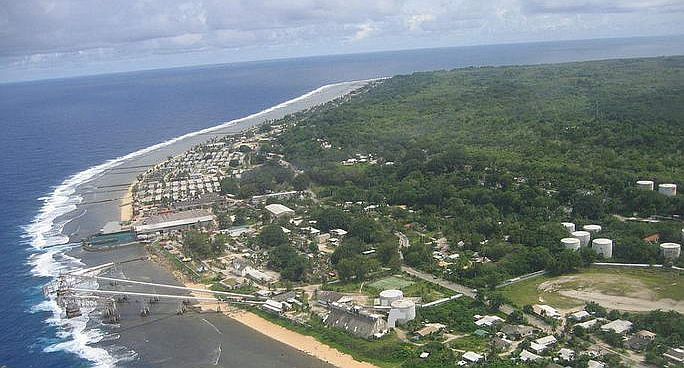
Nauru
Before you go 🛩
Important information you should know before your trip
Info
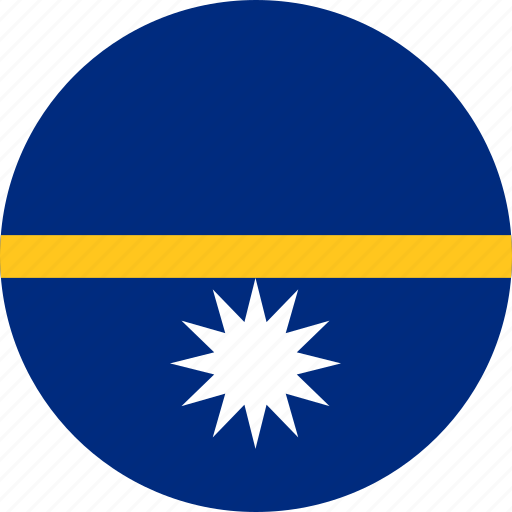
Capital | Yaren
Flag Codes:
ISO alpha-2 NR,
ISO alpha-3 NRU
Currency
Badge | Australian dollar
CODE | AUD
NUMBER | 036
SYMBOL | $
FRACTION | penny
Mobile Coverage
Dialing Code | +674
SIM Card
Coverage | 3G / 4G / 5G |
Mobile Networks |
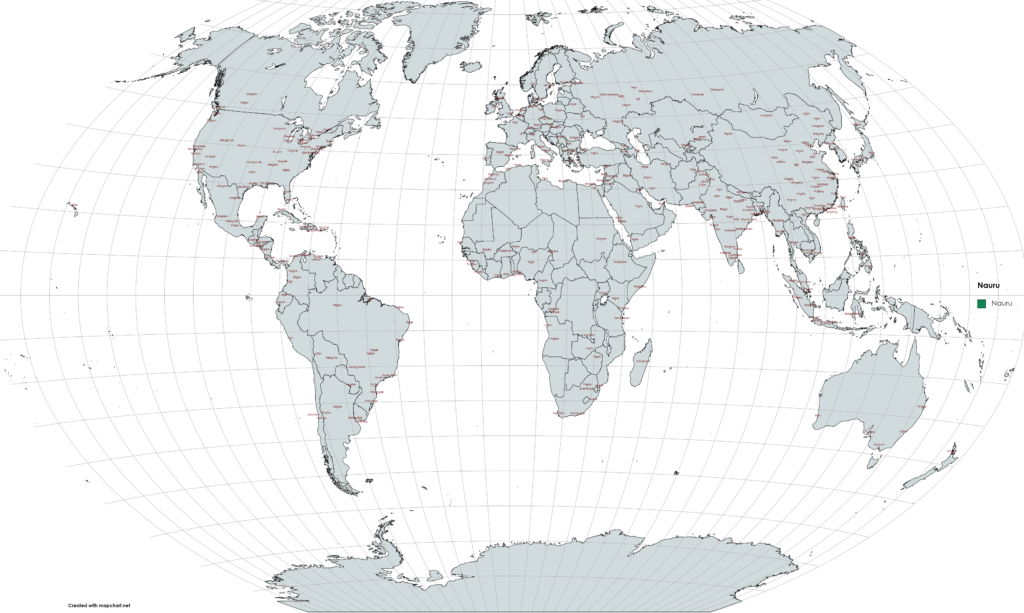
Location
Nauru is a small island country located in Micronesia, in the central Pacific Ocean. Here are some additional details:
Geographic Coordinates: Nauru is situated approximately between 0.5° S latitude and 166.9° E longitude.
Size: Nauru is one of the world’s smallest countries, covering just about 21 square kilometers (8 square miles).
Geography: The island is characterized by a raised coral atoll with a phosphate plateau and a central uplifted area.
Population: Nauru has a relatively small population, and the people are known as Nauruans.
Economy: Historically, Nauru’s economy has been heavily reliant on phosphate mining, but efforts have been made to diversify.
Nauru faces challenges, including environmental issues related to phosphate mining and its status as one of the smallest and least populous countries globally.
Currency
The official currency of Nauru is the Australian dollar (AUD).
Nauru uses the Australian dollar as its legal tender, and it is the primary currency used for all transactions on the island.
The Australian dollar is divided into 100 cents and is denoted by the symbol “$” or the code “AUD”.
Banknotes are available in denominations of $5, $10, $20, $50, and $100, while coins are available in denominations of 5, 10, 20, and 50 cents, as well as $1 and $2.
It’s worth noting that Nauru does not issue its own currency and solely relies on the Australian dollar for its monetary system.
Languages
The official language of Nauru is Nauruan. Nauruan is a Micronesian language and is spoken by the majority of the population in Nauru. It is a unique language that has developed in isolation on the island. Nauruan is considered the primary language for everyday communication, cultural expression, and government affairs in Nauru.
English is also widely spoken and serves as the secondary language in Nauru. It is used in formal settings, such as government administration, education, and business. Many Nauruans are bilingual, proficient in both Nauruan and English.
In addition to Nauruan and English, other languages spoken in Nauru include various Pacific Island languages brought by immigrants from neighboring countries.
Climate 🌡
Nauru has a tropical climate characterized by high temperatures, high humidity, and relatively consistent rainfall throughout the year. Here are some key features of Nauru’s climate:
Temperature: Nauru experiences warm to hot temperatures year-round. The average temperature ranges from around 26 to 32 degrees Celsius (79 to 90 degrees Fahrenheit). The hottest months are typically from November to February, with temperatures occasionally exceeding 35 degrees Celsius (95 degrees Fahrenheit).
Humidity: Nauru has high humidity levels due to its location in the tropics and its proximity to the ocean. Humidity often exceeds 80%, creating a muggy and sticky atmosphere.
Rainfall: Nauru receives moderate to high levels of rainfall throughout the year. The wettest months are usually from November to February, with occasional heavy downpours. The drier months are typically from June to August, but even during this time, some rainfall can occur.
Trade Winds: Nauru is influenced by the southeast trade winds, which bring moisture from the ocean. These winds help to cool the island and contribute to the high humidity levels.
Cyclones: Nauru is located outside the main cyclone belt, which reduces its susceptibility to direct hits from tropical cyclones. However, the island can still experience indirect effects, such as increased rainfall and strong winds during cyclone seasons.
Nauru travel tips
If you’re planning a trip to Nauru, here are some travel tips to enhance your experience:
Visa Requirements:
Check the visa requirements for your nationality before traveling to Nauru. Ensure you have the necessary permits for entry.
Travel Seasons:
Nauru has a tropical climate. Plan your visit during the dry season (April to October) to enjoy pleasant weather and avoid heavy rainfall.
Health Precautions:
Consult your healthcare provider for vaccinations and health recommendations before traveling. Carry necessary medications and a basic first aid kit.
Phosphate Mining Tours:
Nauru is known for its phosphate deposits. Consider taking a guided tour to learn about the history and impact of phosphate mining on the island.
Transportation:
Nauru is a small island, and transportation is mainly by car. Renting a car is a convenient way to explore the island. Remember to drive on the left side of the road. View Guide.
Island Etiquette:
Be mindful of the fragile ecosystem. Avoid disturbing coral reefs and follow responsible tourism practices.
Dress Code:
Pack light and comfortable clothing due to the warm climate. If visiting cultural or religious sites, modest dress is appreciated.
Enjoy your time in Nauru!

The best of the best
Nauruan cuisine is influenced by the island’s geographic location and cultural heritage. Traditional Nauruan food consists of locally sourced ingredients, including seafood, root vegetables, coconuts, and tropical fruits.
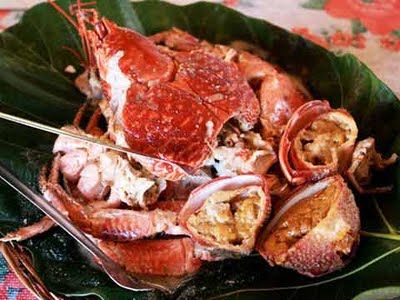
Coconut Crab
The coconut crab, also known as “uok” in Nauruan, is a prized delicacy.

Pandanus Fruit
The pandanus fruit, locally known as “buaba,” is a tropical fruit that grows abundantly in Nauru.
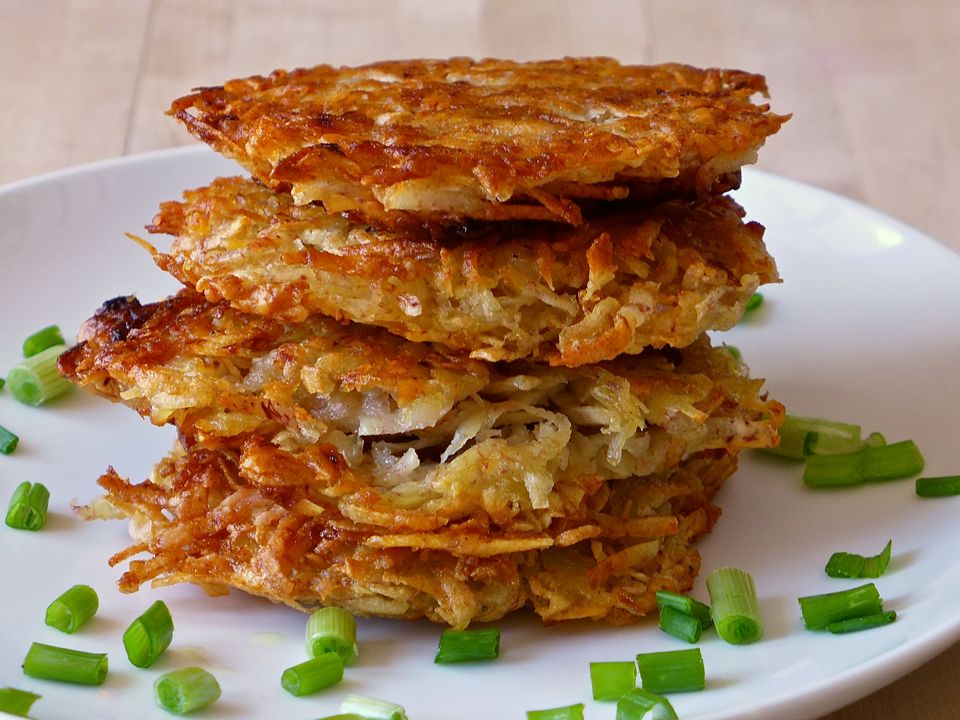
Taro
Taro is a root vegetable widely used in Nauruan cuisine.
Here are some typical foods you might find in Nauru:
Fish and Seafood: Given Nauru’s proximity to the ocean, fish and seafood are staples in the local diet. Commonly consumed fish varieties include parrotfish, snapper, tuna, and reef fish. These can be prepared in various ways, such as grilled, fried, or curried.
Breadfruit: Breadfruit, known as “takamaka” in Nauruan, is a starchy fruit that is often boiled or roasted and served as a side dish or main course. It has a texture similar to potatoes and is a source of sustenance for the locals.
Coconut-based Dishes: Coconuts are a versatile ingredient in Nauruan cuisine. Coconut milk and grated coconut are used in many dishes, adding flavor and richness. Coconut milk is commonly used in curries, stews, and desserts.
When visiting Nauru, you will likely have the opportunity to taste traditional Nauruan dishes by dining with locals or visiting local restaurants.
Transportation 🚥
More information about this country
Choose your destination 📍🗺
Useful Links ✅



